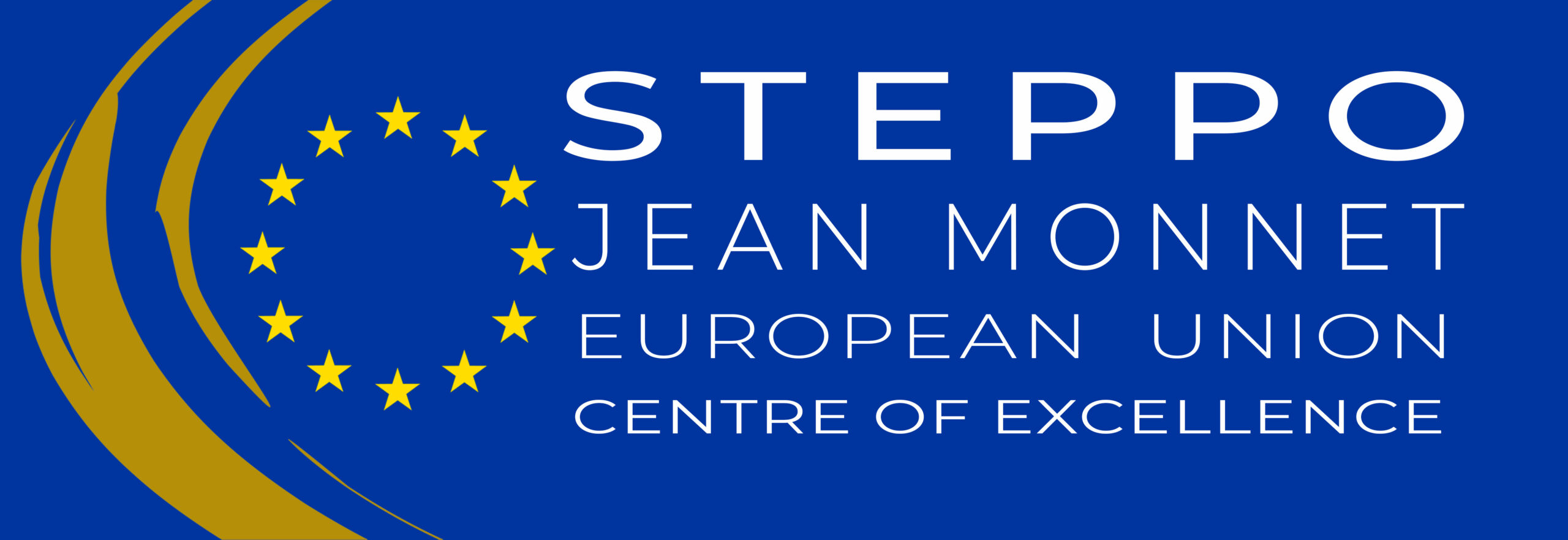A presentation concerning the issues of European and Italian customs regulations was kindly given by the expert from the Italian Customs and Monopoly Agency (ADM) Michele Petito. The lecture was divided into three main parts.
Download: Here
First of all, it was explained what sources of the EU budget exist. The current three main sources of revenue for the 2021-2027 EU budget are customs duties, contributions based on the Value Added Tax (VAT) collected by Member States, and direct contributions by EU countries, also known as Gross National Income (GNI)-based contributions. As of 1 January 2021, a new revenue source to the EU budget is a contribution based on the non-recycled plastic packaging waste.
Secondly, the honourable speaker described the classification of customs duties and how they should be calculated. The spectrum of different special customs fees is quite wide. For instance, anti-dumping duty is a protectionist tariff that the Union sets on foreign imports that it believes are priced below fair market value. The primary customs value of import goods is their transaction value, that is, the price that is paid or payable for the goods when sold for export to the customs territory of the EU. Usually, the trade value of goods is determined at the time of approving the customs declaration, based on the sale of the goods immediately prior to import to the customs territory of the Union.
Finally, aspects of under-invoicing to customs were covered. Under-invoicing occurs when an importer wishes to reduce a custom tariff and in some cases, it is considered as a criminal offence.

